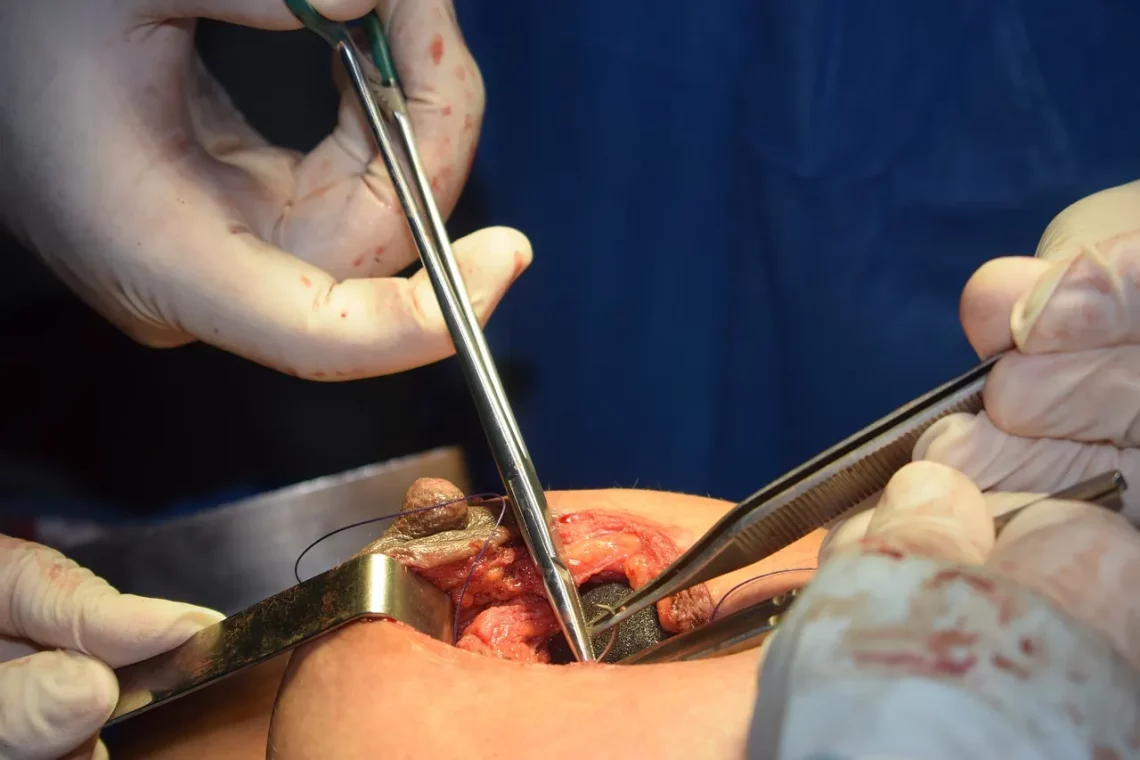
Understanding the Cost of Dog Anus Gland Removal Surgery
Understanding the Cost of Dog Anus Gland Removal Surgery
When it comes to pet ownership, one of the most challenging responsibilities is ensuring our furry friends are healthy and comfortable. While we often think about routine check-ups, vaccinations, and dental care, there are other less-discussed health issues that can affect our dogs, such as problems with their anal glands. These small sacs located near the anus can sometimes become problematic, leading to discomfort for the dog and potential complications for the owner if left untreated.
Many pet parents may find themselves facing the decision of whether to pursue removal surgery for their dog’s anal glands. This decision can come with a significant range of costs, influenced by various factors, including the dog’s overall health, the veterinary clinic’s location, and the complexity of the surgery itself. Understanding these costs is essential for pet owners to make informed decisions about their dog’s health and well-being. Additionally, knowing what to expect can alleviate some of the stress associated with veterinary visits and surgical procedures.
Navigating the financial aspect of veterinary care can be daunting, especially when it comes to surgical interventions. In this article, we will explore the various elements that contribute to the cost of dog anus gland removal surgery, providing insight for pet owners considering this option for their beloved companions.
Factors Influencing the Cost of Surgery
The cost of dog anus gland removal surgery can vary widely based on several key factors. First and foremost, the geographical location of the veterinary clinic plays a significant role. In urban areas, where the cost of living is higher, pet owners may find that surgical costs are elevated compared to rural settings.
Another important factor is the reputation and experience of the veterinarian performing the procedure. Specialized veterinarians or those with a wealth of experience may charge more for their expertise. The complexity of the surgery itself also influences the overall cost. If the procedure is straightforward, it may be less expensive, but if complications arise or if the dog requires additional care, the costs can escalate.
Moreover, the overall health of the dog is a crucial element. If the dog has pre-existing health conditions, such as obesity or infections, the surgery may take longer or require additional treatments, thus increasing the cost. Preoperative tests, such as bloodwork or imaging, might also be necessary, adding to the financial burden.
Finally, post-operative care is another consideration. After surgery, the dog may need follow-up visits, medications, or specialized diets, all of which can contribute to the total expense. Therefore, pet owners should be prepared to factor in these additional costs when budgeting for the surgery.
Estimated Costs of Anal Gland Removal Surgery
While costs can vary significantly, it is essential for pet owners to have a general idea of what to expect when budgeting for anal gland removal surgery. On average, the procedure can range from $300 to $800, depending on the factors previously mentioned.
In many cases, the initial consultation with the veterinarian may incur a fee, typically ranging from $50 to $100. During this visit, the veterinarian will assess the dog’s condition and determine whether surgery is necessary. If the dog is deemed a candidate for surgery, the veterinarian will discuss the procedure, potential risks, and the associated costs.
Once the surgery is scheduled, pet owners should also consider the cost of anesthesia, which can add another $100 to $200 to the total price. The actual surgical procedure may take anywhere from 30 minutes to an hour, depending on the complexity, and this will influence the final cost as well.
Post-surgery, pet owners might need to budget for medications to manage pain and prevent infection, which can range from $20 to $100, depending on the prescriptions. Follow-up visits, if necessary, could incur additional costs, so it is wise to inquire about these potential expenses during the initial consultation.
Ultimately, while the financial aspect of anal gland removal surgery can be daunting, understanding these estimated costs can help pet owners make informed decisions for their dogs.
Preparing for Surgery: What Pet Owners Should Know
Preparation is key when it comes to surgery, and understanding what to expect can ease anxiety for both the pet and the owner. Ahead of the procedure, pet owners should have a thorough discussion with their veterinarian about the specifics of the surgery, including any pre-operative requirements.
One of the first steps is to ensure that the dog is in good health prior to the surgery. This may involve conducting blood tests or other diagnostics to rule out any underlying health issues that could complicate the procedure. Pet owners should also discuss any medications their dog is currently taking, as some may need to be paused before surgery.
It is essential to follow the veterinarian’s instructions regarding food and water intake before the surgery. Most vets will recommend withholding food for several hours leading up to the procedure, as this minimizes the risk of complications during anesthesia.
On the day of the surgery, pet owners should ensure their dog is calm and comfortable. Bringing along a favorite toy or blanket can help soothe nervous pets. Additionally, it’s wise to have a plan for transportation home after the surgery, as the dog may still be groggy from anesthesia.
Post-operative care is equally important, and pet owners should be prepared to provide a quiet, comfortable space for their dog to recover. Following the veterinarian’s instructions regarding activity restrictions, wound care, and medication administration will be crucial to ensuring a smooth recovery process.
Long-Term Care and Considerations
After the surgery, it’s vital to monitor the dog closely for any signs of complications, such as excessive swelling, unusual discharge, or persistent pain. Regular follow-up appointments with the veterinarian will help ensure that the dog is healing properly.
In terms of long-term care, pet owners should remain vigilant about their dog’s anal gland health. Some dogs may require ongoing management to prevent future issues, such as regular manual expression of the glands or dietary adjustments.
Maintaining a healthy weight and providing a balanced diet can significantly contribute to overall anal gland health. Ensuring that the dog receives adequate exercise is also crucial; a well-exercised dog is less likely to experience anal gland problems.
Moreover, education on recognizing signs of anal gland issues can empower pet owners to seek veterinary care before complications arise. Symptoms such as scooting, excessive licking of the anal area, or signs of discomfort during bowel movements should prompt a visit to the vet.
In conclusion, while the decision to pursue anal gland removal surgery can be challenging, understanding the associated costs, preparation steps, and long-term care can provide pet owners with the necessary information to make the best choice for their furry companions.
**Disclaimer**: This article is not intended as medical advice. For any health concerns regarding your pet, please consult your veterinarian.




